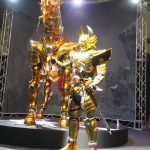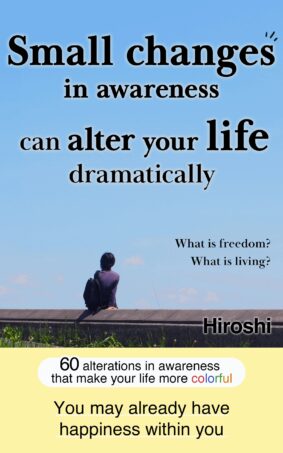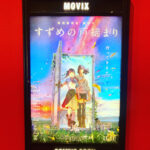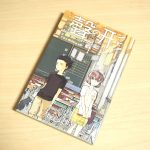What is Mono no Aware? Introduction and Example!
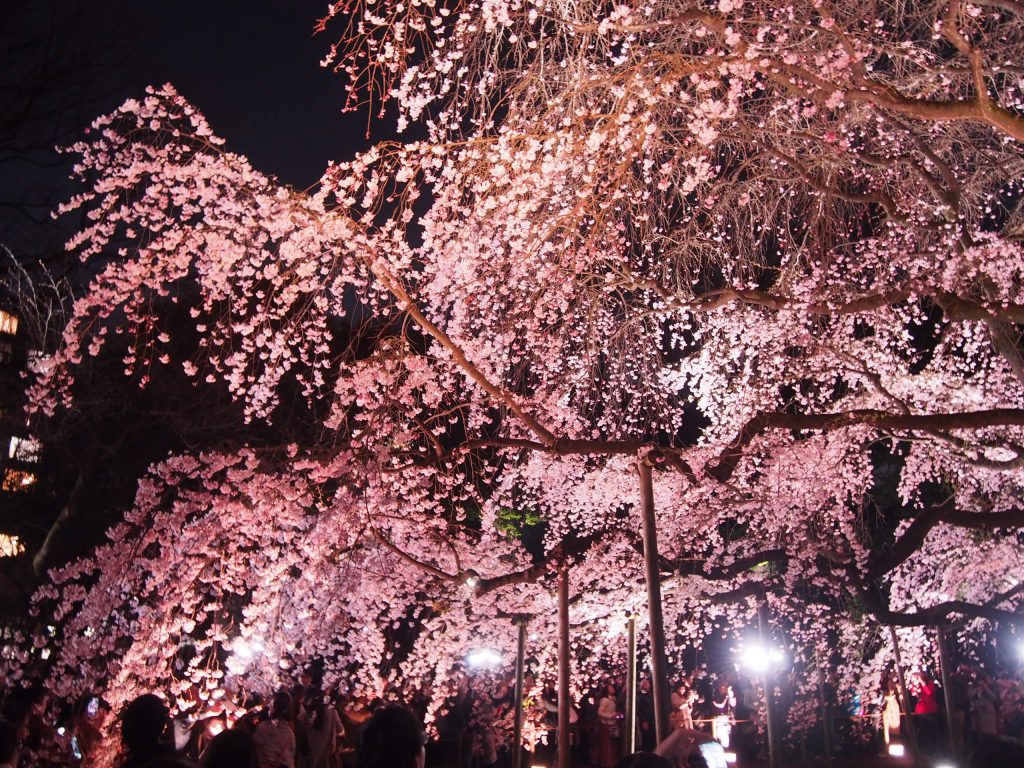
Mono no Aware is really a Japanese word which can not be translated directly into English.
Even I, a Japanese, can not explain well.
Because it is something you feel.
Still, I’ll introduce the word Mono no Aware here as much as I can with some examples.
What is Mono no Aware?
Mono no Aware (もののあはれ) is composed of 2 words.
They are “Mono(もの)” and “Aware(あはれ)”.
It is written in Hiragana but if you use Kanji, it’ll be “物の哀れ”.
Mono (物) means “Thing” or “Things”.
It doesn’t necessarily mean material or objects here.
It includes everything including feeling, touch, atmosphere.
Aware (哀れ) means “Pity” and “Compassion”.
So, this is an emotional part.
You might think this Aware is an negative or sad word.
But it doesn’t mean only a negative part.
Negative part is one of the part of the whole.
Seeing something becomes deteriorated or someone grows old and weak might be a sad thing.
But it is not only a negative side as it also adds beauty to itself by the age.
This Aware also has a touch of admiration or attachment people feel strongly to it at the same time.
Wabi Sabi has something in common with Mono no Aware.
Like the phrase Perfection in imperfection, it doesn’t only express superficial literal meaning.
History of Mono no Aware
When people started to recognize the word Mono no Aware?
Key person is a Japanese scholar Motoori Norinaga (本居宣長) (1730-1801).
He was the one who spread the perspective.
He said that Genji Monogatari (源氏物語) by Murasaki Shikibu (紫式部) (978-1019) was the master piece to express Mono no Aware.
“The Tale of Genji” in English.
You can find how nobles in the Heian Period (794-1185) loved the four seasons and how they communicated with each other at the time in The Tale of Genji.
Motoi Norinaga pointed out that understanding the concept of Mono no Aware lead to fully enjoying life itself.
He also added that you can not fully experience Mono no Aware without leaving your egoism.
I can say the perspective or view of Mono no Aware was already born in the Heian Period although there was no concreate word like Mono no Aware in those days, people just felt that.
And the word itself was defined by Motoori Norinaga in the 1700s.
If I pick up one more person for Mono no Aware, the one will be Saigyo Hoshi (西行法師)(1118-1190).
He was a poet who loved nature and traveled around Japan.
He is a well-known poet who led his whole life through poem, travel and austere training.
Saigyo Hoshi left poems related to cherry blossoms and moon.
He knew the concept of Mono no Aware and composed poems related to them.
Mono no aware is a kind of aesthetic consciousness people can find in their daily lives.
Examples of Mono no Aware
Falling cherry petals
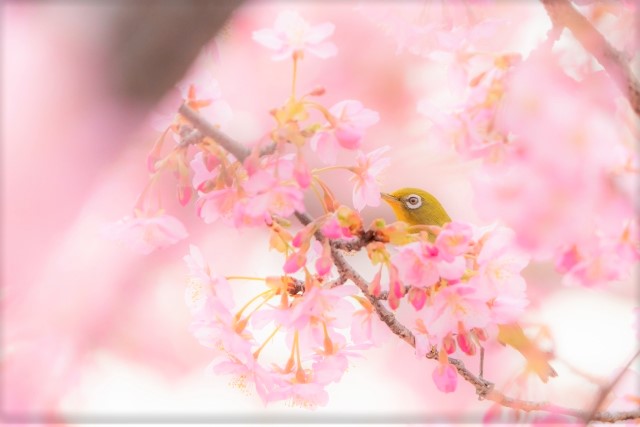
Sakura, or cherry petals often likened to life.
The period you can enjoy its blossoms is usually 1 to 2 weeks.
In 2 weeks, its petals start to falling in the breeze.
Full bloom is certainly beautiful but falling petals have another beauty.
People also admire their ephemeral beauty.
We see short life of human in the falling cherry petals.
Moon
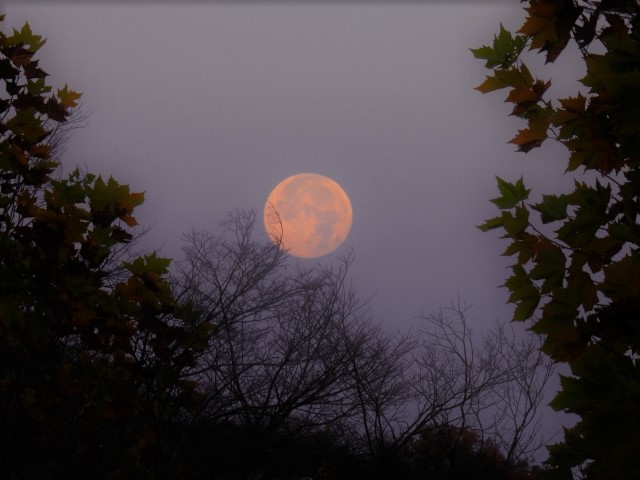
Moon is often read in a Japanese poem called Waka in the Heian Period.
It attracted hearts of the people since old days.
Not only full moon but crescent moon and the moon reflected on the surface of the water.
There were no lights other than candle or torch that it was much darker at night than today.
So, the existence of the moon was all the more impressive and appealing.
Glow of Fireflies
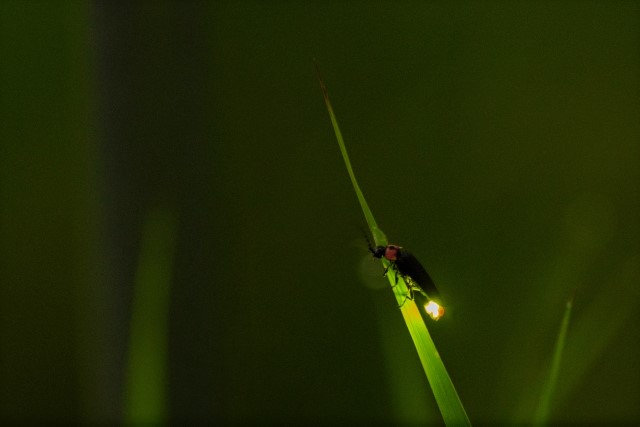
Fireflies were something familiar in the old days.
Even today, you can find them in a countryside.
They glow faintly with slow speed at night.
Their lights are irregular, sometimes dark and sometimes light.
The faint lights they make appeal to us.
Dusk

Dusk is the time before the sun sets.
Not light but not dark.
Still, it certainly comes closer to the night.
And the sunset sometimes shows us breathtakingly beautiful colors.
Fleeting moment before night starts, it soothes our hearts.
Japanese Fireworks (Senkou Hanabi)
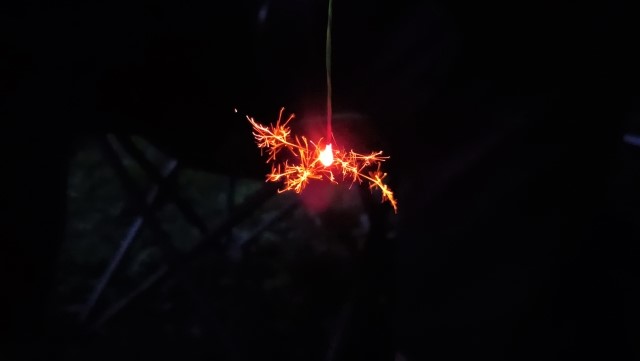
Burst open and burst out.
People enjoy the moment of shining.
But if I feel Mono no Aware from fireworks, it’ll be Senkou Hanabi (線香花火).
It is a handheld type small fireworks of Japan.
Children especially enjoy with their parents and grand parents.
It is very small and not strong but makes beautiful delicate sparks.
And it fizzles out in 1 or 2 minutes.
Then, the round ball which were sparking drops to the ground.
Transient faint fireworks but it reminds me of the days when I was a child.
Summary of Mono no Aware
I can say Mono no Aware is something you feel.
Transient beauty, fragility, perfection in imperfection.
Technically speaking, not only to feel but also to understand them with knowledge and rationality at the same time.
They are not something created artificially or superficially.
It is much more core part things have in themselves.
We see something in them and identify ourselves.
Definition of Wabi Sabi
What is Japanese Religion Shintoism?
Meaning of Omotenashi



